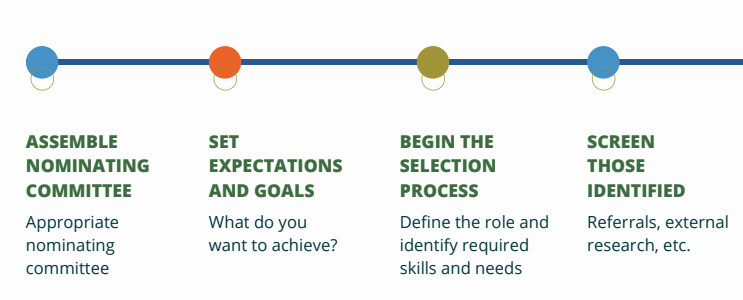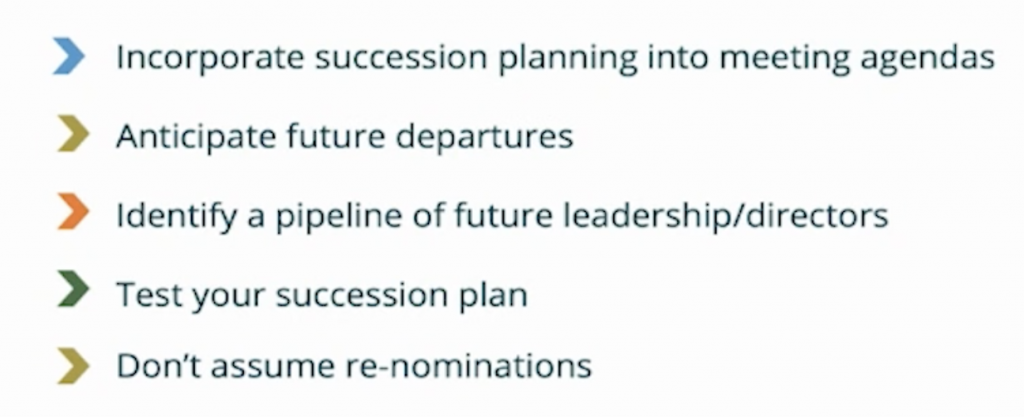May 13, 2022
Board Diversity and Succession Planning
Everyone wants their organization to be successful. When it comes to the long-term goals of a company, the people that make up the board, including how they identify and respond to challenges, are intertwined with the success of the company. Stakeholder expectations of how a company should operate have risen, as evidenced by an increased emphasis on environmental, social and corporate governance (ESG), diversity, and social good. But why should you care about board composition?
Evaluate the Current State of Your Board
The people who sit on a company’s board share a common goal: they want the organization to be the best that it can be. Board members should be able to ask tough questions, support and evaluate the management team, and enable the business to achieve its goals.
Set your company up for success by achieving a board composition that compliments the skills and expertise of your management team. When assessing the current state of your board, consider each board member’s relevant:
Skills
Qualifications
Diversity
Experience
Looking through the lense of corporate strategy, think about the skills your board needs in order to meet the company’s strategic initiatives and review for gaps that require attention.
The Impact of Board Diversity
Now more than ever, a diverse board is an essential ingredient for success. A board should be diverse both demographically and experientially, meaning that not only should members be diverse in gender and race but also in background and thought.
If board members have similar ways of thinking, problem-solving and innovation can be a challenge to achieve. Additionally, studies show that greater diversity can lead to better business outcomes and overall higher employee satisfaction.
Assessing the diversity of your board should be intentional and it should be built into the fabric of the company.
Overcoming Challenges
If you’ve reflected on your board composition and identified areas for improvement, change may be in order. You may find yourself working through any one of the following challenges:
- What are your needs in terms of board size, demographics, and experience?
- Are your current members involved at an appropriate level?
- Are you setting clear board member expectations?
- Where do you find the right candidates and how do you identify them?
If your board is in need of fresh perspectives, begin by defining and documenting a selection process similar to the one below:
Board Member Selection Process

Establishing a process will help the company be clear about its expectations and will help potential board members understand the requirements of the role.
Many companies find it difficult to source new board candidates with the requisite skills and expertise. Reaching out to current board members, affinity groups with the skills you’re seeking, and even public accounting and/or law firm contacts are all potential sources for board member recommendations. Consider a recruiting firm if you are looking for specific qualifications.
Board Succession Planning
In addition to defining a board member selection process, consider implementing a board succession plan. Succession planning focuses on both maintaining and replacing talent over time, as well as proactively identifying potential future leaders who can step up to the plate when the need arises.
Best practices related to succession planning include:

No matter where your board of directors currently stands, having a transparent conversation about expectations and goals is the foundation for future planning and can only benefit your organization. Take the first steps today by contacting Johnson Lambert and discussing how we can support your organization on the path to success!


